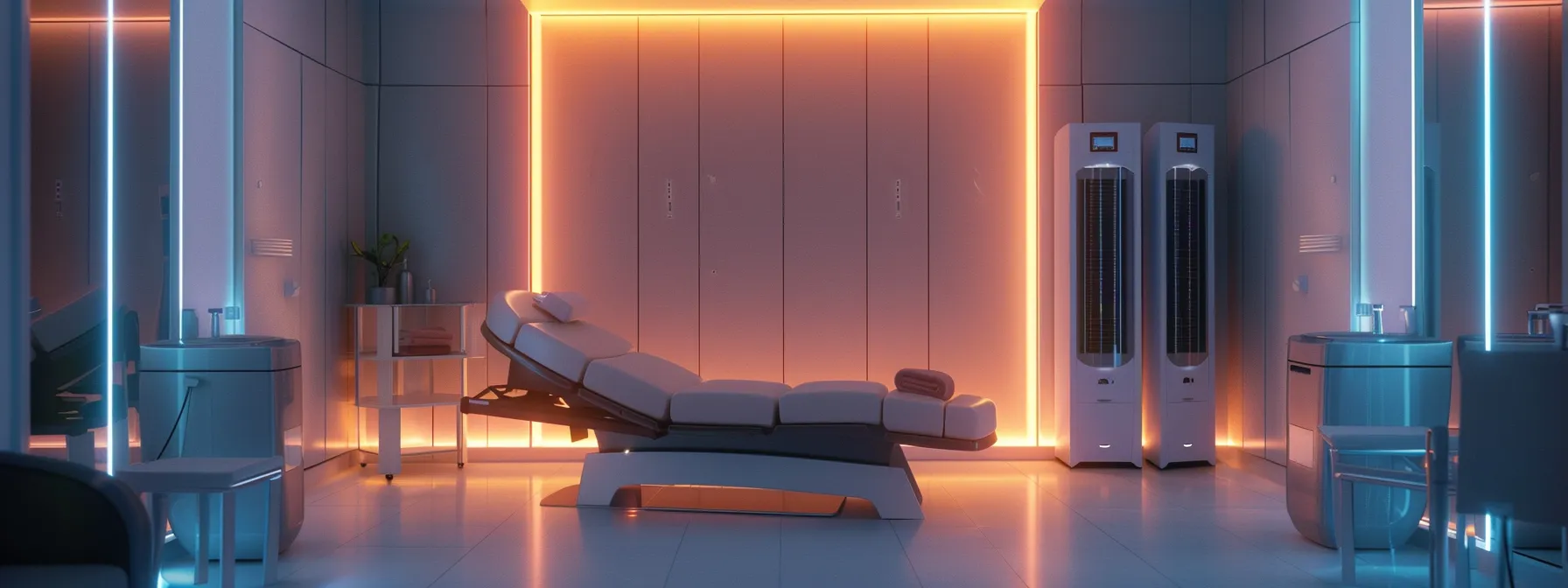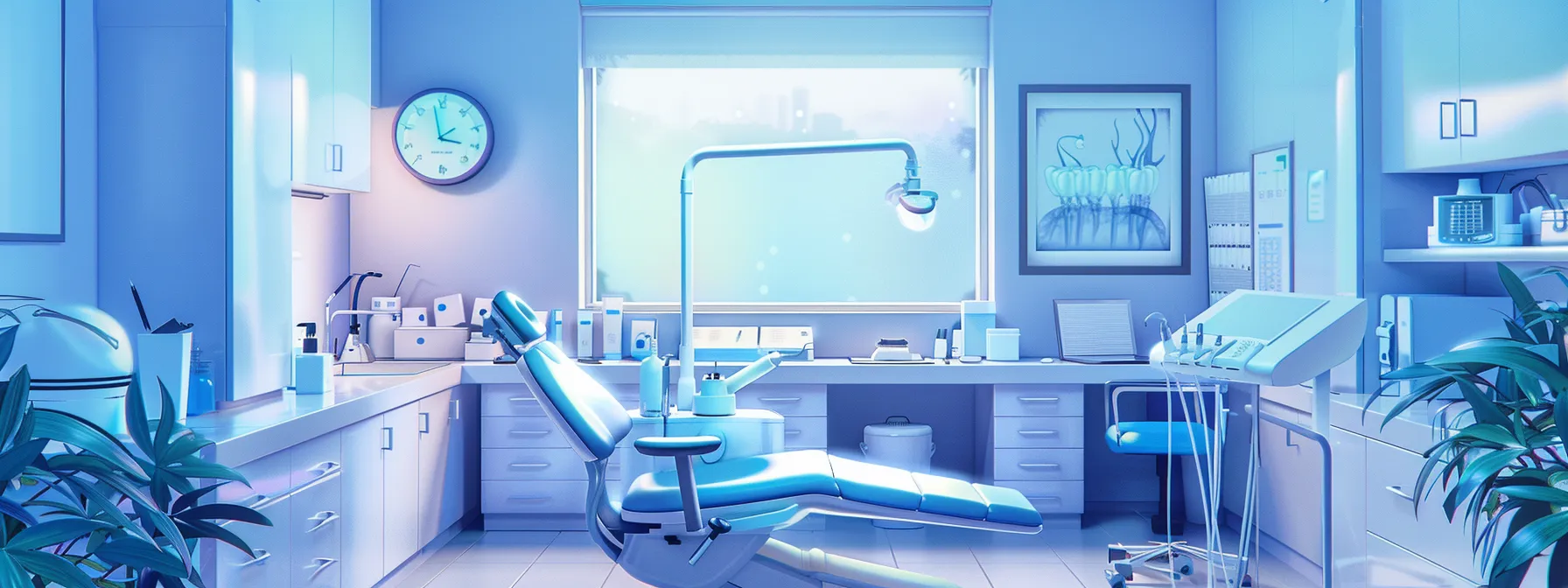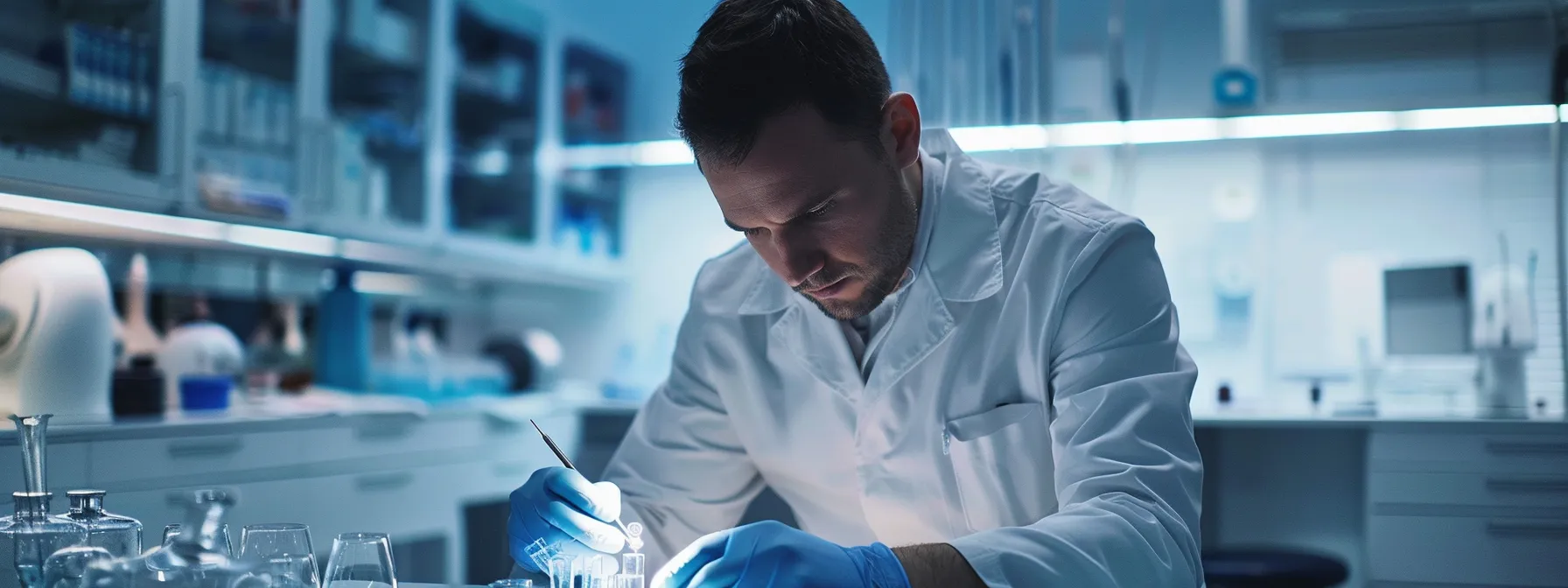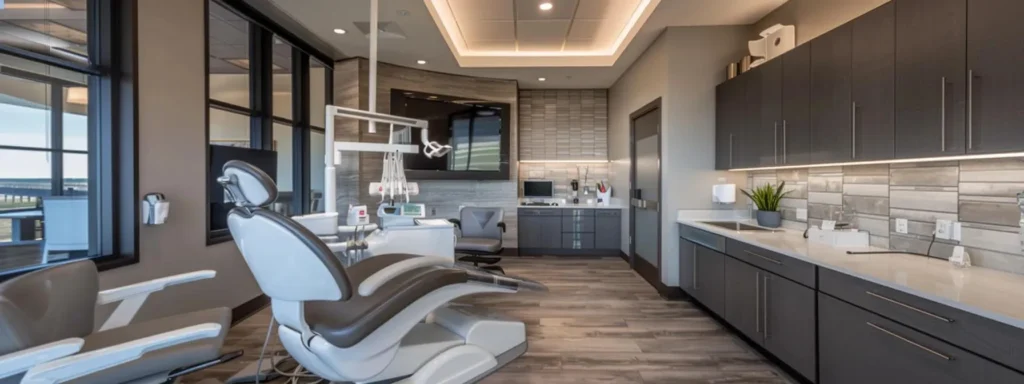“Good skin doesn’t happen by chance—it happens by light.”
At Laguna Heights Dental, we’re not just passionate about teeth—we care about total wellness and confidence. That includes skin health. And right now, one of the most exciting, gentle, and effective treatments for glowing, youthful skin is the LED therapy facial. It’s non-invasive, pain-free, and backed by science. No needles. No downtime. Just light, doing what your skin already knows how to do—heal.
In this guide, we’ll explore what LED therapy facials are, how they work, and why they’re becoming a go-to for acne, aging, and everything in between.
What Is an LED Therapy Facial?
An LED therapy facial is a skincare treatment that uses light-emitting diode (LED) technology to stimulate your skin’s natural healing processes. These lights are tuned to different wavelengths—red, blue, and near-infrared—to target various skin issues. You just lay back and relax while the light does the work.
Unlike lasers or chemical treatments, LED light doesn’t damage the surface of your skin. Instead, it penetrates into deeper layers to boost cell regeneration, improve circulation, and reduce inflammation. It’s safe for all skin types and tones, and it’s totally painless.
You don’t feel heat or discomfort—just a gentle warmth and maybe a moment of peace you didn’t realize you needed.
How LED Light Heals Your Skin
Each color of LED light targets a different concern. Red light is known for stimulating collagen production and improving elasticity. Blue light fights acne-causing bacteria and reduces breakouts. Near-infrared light reaches deeper to ease inflammation and support overall healing.
This therapy works by energizing the mitochondria in your skin cells. That increases ATP (adenosine triphosphate) production—the fuel your cells need to repair and regenerate. The result? Healthier, more resilient skin from the inside out.
Consistent sessions lead to smoother texture, even tone, fewer breakouts, and a brighter overall complexion.
What Are the Benefits of an LED Therapy Facial?
Let’s talk results. This isn’t a trendy treatment with hype and no follow-through. It’s legit.
LED therapy facials can help:
- Minimize fine lines and wrinkles
- Clear acne and prevent future breakouts
- Reduce redness and calm rosacea flare-ups
- Brighten dull skin and improve tone
- Tighten pores and smooth texture
- Boost overall hydration and radiance
And the best part? There’s no peeling, flaking, or redness afterward. You can get a treatment during lunch and head back to work glowing.
Who’s a Good Candidate?
Pretty much anyone with skin! Seriously—LED therapy is incredibly versatile. It’s safe for teens dealing with breakouts, adults looking to reduce signs of aging, and everyone in between.
Whether you have sensitive skin, struggle with hormonal acne, or just want to boost your glow before a big event, an LED facial can help. There are no needles, no harsh chemicals, and no recovery time. Just a peaceful session that works with your skin, not against it.
What to Expect During a Session
When you come in for an LED facial at Laguna Heights Dental, we’ll start by assessing your skin and goals. After cleansing your face, we’ll place the LED panel above your skin (or use a handheld device depending on the area). Then, you’ll relax for about 20 to 30 minutes while the light works its magic.
There’s no heat or discomfort—just a quiet moment for your skin to recharge. Some patients even fall asleep during the treatment. Afterward, we may apply serum or moisturizer to lock in the benefits, and then you’re good to go.
No redness. No flaking. Just healthier skin.
How Many Sessions Do You Need?
Results vary depending on your goals. For occasional glow-ups, one session might do the trick. But for long-term results—especially for acne, scarring, or anti-aging—we recommend a series of treatments.
Most patients start with 6 to 10 sessions spaced a week apart. Once the skin responds, maintenance every few weeks can keep the benefits going strong. We’ll create a custom plan based on your skin and schedule.
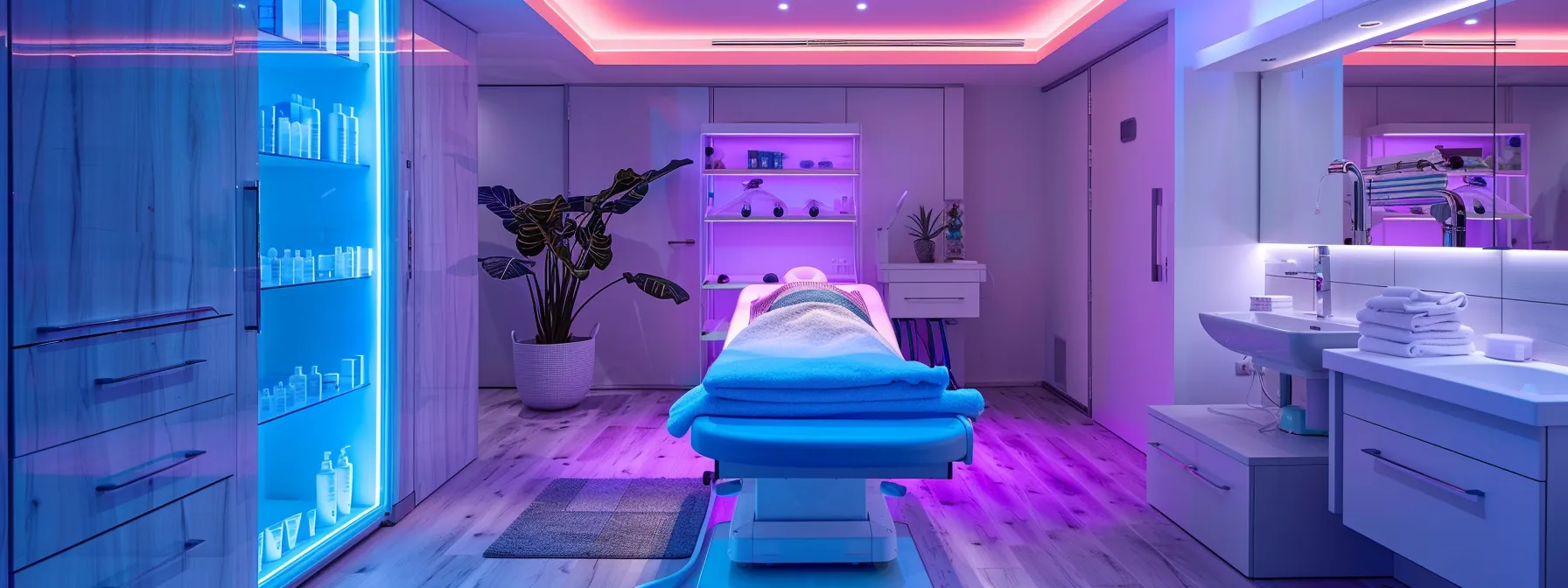
Is LED Therapy Safe?
Yes. LED light therapy is FDA-cleared and has been used in dermatology and wound healing for decades. There’s no UV exposure, so there’s no risk of burning or pigment damage.
That said, it’s always best to work with trained professionals. At Laguna Heights Dental, we carefully select wavelengths and timing based on your skin’s unique needs. You’ll never feel like you’re getting a one-size-fits-all treatment. We keep it personalized and gentle.
If you’re pregnant, have epilepsy, or are taking light-sensitive medications, let us know before your session. We’ll always put your safety first.
LED vs. Other Facial Treatments
What makes LED therapy stand out from all the other skincare options out there? It’s that perfect balance of effectiveness and comfort.
Chemical peels and laser resurfacing can be effective—but they come with downtime, peeling, or redness. LED facials work below the surface without trauma. They’re great on their own or as a complement to other treatments. In fact, many patients use LED therapy to speed up healing after facials, extractions, or even dental procedures.
If you’re looking for a subtle, healthy way to support your skin, LED is a fantastic choice.
Why We Offer LED Therapy at a Dental Office
You might be wondering—why is a dental office offering LED facials? At Laguna Heights Dental, we believe in whole-body wellness. A confident smile doesn’t stop at your teeth—it includes your skin, your comfort, and how you feel walking out the door.
Our team is trained in facial aesthetics and therapeutic technology. We’re proud to offer care that goes beyond cleanings and fillings. Whether you’re here for a checkup or a glow-up, we’ve got you covered.
Plus, we’re already experts in facial structure, anatomy, and comfort-focused treatments. That makes us uniquely qualified to deliver LED facials safely and effectively.
Let’s Get You Glowing
Healthy skin is happy skin—and you deserve to feel good about what you see in the mirror. Whether you want to fight acne, brighten your complexion, or just treat yourself to some relaxing, non-invasive care, LED therapy is a simple and effective choice.
Call Laguna Heights Dental today to schedule your LED therapy facial. We’ll help you create a treatment plan that supports your skin goals—naturally, gently, and effectively.
Schedule your consultation Today!
Laguna Heights Dental
28202 Cabot Rd, Suite 600
Laguna Niguel, CA 92677
(949) 363-1200
See More Reviews From Laguna Height Dental. View information about local places in our community. Get Driving Directions to Our Practice
Questions Patients Ask
Can I wear makeup after my LED facial, or should I go bare-faced?
It’s totally fine to wear makeup after your LED facial—but we recommend keeping it light if you can. Your skin will be clean, refreshed, and more absorbent after treatment, so it’s a great time to let it breathe. If you do wear makeup, choose non-comedogenic products and wait at least 30 minutes after your session. Many patients love the post-facial glow so much, they skip makeup altogether for the day!
How long do the results from an LED therapy facial typically last?
That depends on your skin goals and how consistent you are with treatment. After just one session, you may notice a brighter complexion and reduced redness that can last several days. For longer-lasting results like acne control or wrinkle reduction, a series of sessions is ideal. Most patients benefit from weekly treatments for 4 to 6 weeks, followed by maintenance sessions every few weeks to keep the glow going strong.
Is there a difference between at-home LED masks and in-office LED therapy?
Yes—while both use similar technology, professional-grade LED devices in our office are significantly stronger and more targeted. At-home masks can offer benefits, especially with regular use, but they usually have lower energy output and fewer wavelength options. In-office therapy is more precise, and you get the added benefit of professional guidance and customization. Think of at-home masks as a great supplement—not a substitute—for professional care.
Related Articles
Red Light Therapy, Red Light Therapy for Pain Relief, Red Light Therapy for Skin Health, Red Light Therapy for Weight Loss, Red Light Therapy for Athletic Recovery, Red Light Therapy for Oral Health, Red Light Therapy for Anti-Aging, Red Light Therapy for Hair Growth, Red Light Therapy Cost Factors, Benefits of Red Light Therapy, Red Light Therapy Devices, Infrared Therapy, LED Therapy Facial
The post LED Therapy Facials: The Non-Invasive Path to Glowing Skin appeared first on Laguna Heights Dental.
source https://lagunaheightsdental.com/led-therapy-facials-the-non-invasive-path-to-glowing-skin/
